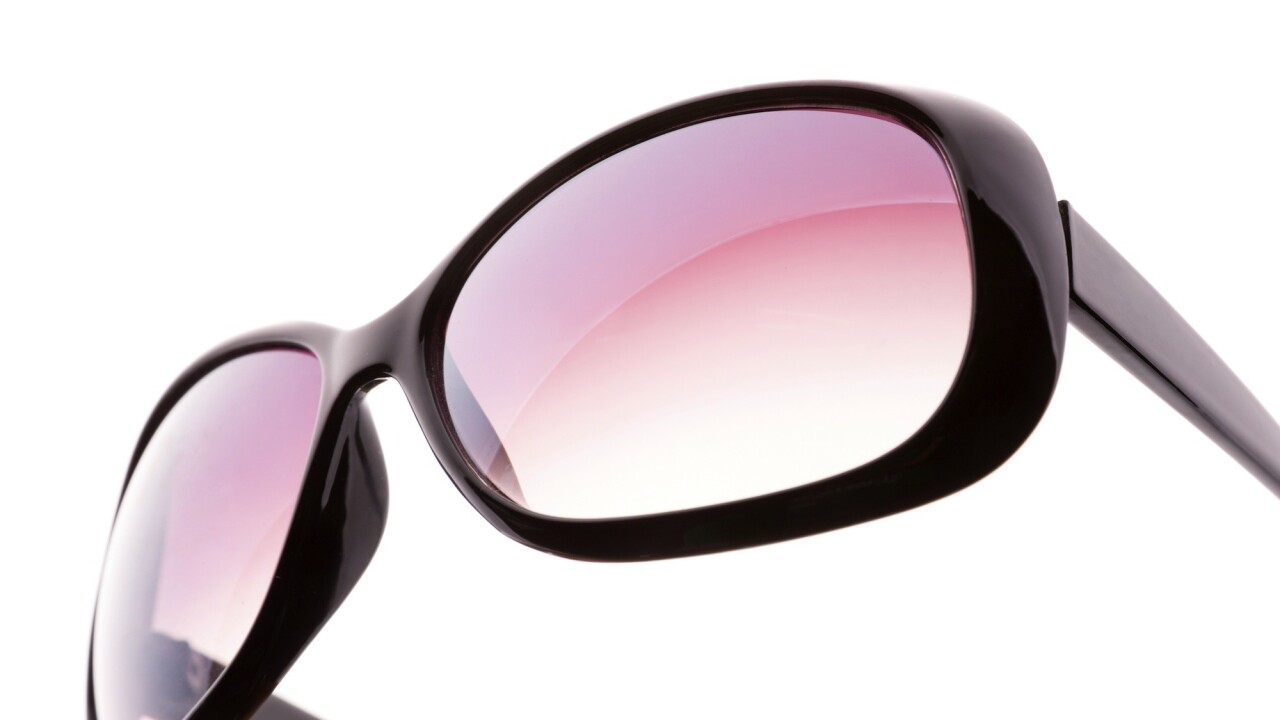
Tim Moore is the founder and CEO of Venture Glass, which creates wearable products and solutions, and was recently identified by Forbes as “an emerging thought leader in wearable technology.” Tim has over 20 years experience in digital leadership, having worked at The New York Times Company and as CEO of multiple startups.
“Ah, it’s that most wonderful time of year!”
It’s almost here. That magical event called the Consumer Electronics Show (CES), where unbridled pure tech giddiness and exploding optimism flows like a cotton candy tsunami.
Companies have been working feverishly on electronic smart gadgets for us to drool all over, snap pictures of, tweet, post and pin that THIS “is it,” the one, the Neo of gadgets – one that finally exceeds the hype and delivers right out of the gate as promised. We can now be fully connected to our refrigerator, raise the temperature in our car with a nod, and have a restaurant prepare the perfect meal for us based on a sensor that tells them what our bodies are craving at that very moment.
“Off to the Star Wars cantina Jedi’s to celebrate our electronic achievements!”
Not so fast Luke Skywalker.
While CES is full of expectations of seeing what’s next, it’s also an equally organized chaos of guesses, estimates and prophecies. As you walk from booth to booth, listening to one well-rehearsed speech after another, watching bold and impressive video demos, handed awesome ‘fact’ sheets, cool swag (and $4 cookies), and marvel at impressive $150,000 branded booth spaces, enjoy every minute of it – for this is what makes CES one of the greatest electronics show on earth, bar none!
At the same time, when it comes to wearables in particular, expect to see an ark full of new ones at CES, “smart” everything. While Google Glass has paved the way for accelerating market acceptance and consumer delirium, anticipate many products you’ll see at CES claiming to be the latest and greatest Google Glass or beyond.
As a way of balance (and to spare you from maxing out your company credit card on pre-orders), I offer this years attendee’s two basic principles to consider as you navigate the shiny new things and the mandatory hype that accompanies them.
Here they are:
1. Make sure it’s REAL!
For wearables to be successful, they obviously have to perform as advertised. They also have to continue to deliver on the promises for the biggest range of future users – information workers, deskless publishers and content creators.
For enterprise wearables, the “I see what you see” streaming video capability, with speech reliability and long battery life is not optional. This really is the minimum expectation, most consumers have all of these capabilities now on their mobile device, and so an improvement on this is where the bar has been elevated.
The bullseye question to ask yourself as you walk the conference is; “Is this for REAL?” (One of last year’s award winners has yet to produce a working unit as of this writing, so don’t be shy. Ask them the hard question, “when are you delivering this to market with these exact features?”)
Granted, some exhibitors are showing proof of concepts for first looks, and that’s cool. They may be limited by legal as to what they can show and or disclose. Enjoy those for what they are: half-baked ideas that may or may not make it to market. At any rate, grab a $4 cookie and keep strolling.
2. Make sure it uncomplicates life
Hypothetical is great, at the movies or when you are answering your doctor when he asks you if you’ve been exercising. But, when you’re looking at consumer electronics, this is serious! You need to make sure its not vaporware or that what you are seeing is not as far as it’s going to get.
For this item to become mainstream and be successful, it is not about the technology. It’s about helping people uncomplicate and improve their lives in a non-invasive way. Here’s a mental checklist I use as I’m looking over new products:
- It this product extremely useful and elegantly simple? Can I see this as a non-invasive companion to a persons natural daily life? Is it designed in a socially acceptable way?
- Can I see this bringing joy to consumers outside the exhibitors ‘target demographic’?
- Is this invisible? Is it less invasive than what we already have on the market? If not, then why? Is there a compelling other use it provides to balance out the lack of innovation in another?
- Battery. Do I have to plug this thing in every four to five hours? Or does this offer a new type of technical advancement that will allow users to not have to worry each day about recharging?
- Is this going to satisfy the evolving needs of customers? Will this exhibitors product build trust with consumers over time?
One more thing: make sure you believe the exhibitor has the “will to will.” Having the “will to will” is not about wanting to help people, or having willpower. No, it’s about being driven to improve consumer’s lives the way consumers want to improve their lives.
Does the exhibitor get that? If not, take a few extra drink tickets and move along.
New generation companies realize the need to remove obstacles for consumers, build trust with them by delivering what they say, and to improve point of sale by cutting down the decision time between seeing and purchasing – to a large degree, by applying the two core principles in this post.
If you agree with my analysis and recommendations, you will try out these principles not only at CES, but in other decisions you have to make. If you disagree, or would like to add more to this, I’d love to hear from you what those are.
Either way, please share your comments below and always remember – I never stop learning and neither should you.
Follow all of our CES 2014 coverage.
Image credit: Nomad_Soul/Shutterstock
Get the TNW newsletter
Get the most important tech news in your inbox each week.




